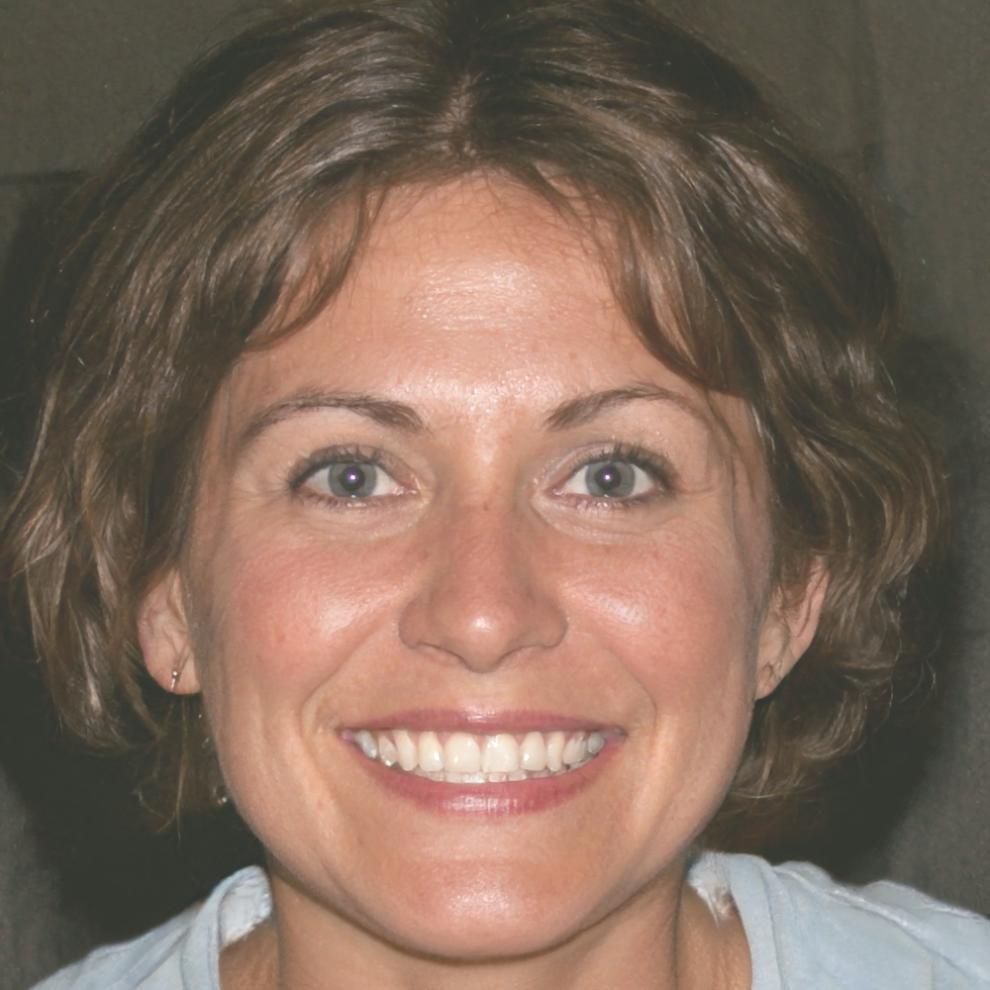The structured approach to error checking alone was worth it. I found three significant mistakes in models I'd been using for months. Now I have a systematic process that catches issues before anyone else sees them.
Build Financial Models That Actually Make Sense
Most spreadsheets are a mess of formulas nobody can follow. We teach you to build financial models that colleagues understand, auditors trust, and stakeholders use for real decisions. Our approach focuses on clarity and practical application rather than just complex calculations.
See Our Approach
Three Core Principles Behind Effective Models
After working with dozens of finance teams across Melbourne and Sydney, we noticed something. The best models share certain characteristics. They're transparent, auditable, and flexible enough to adapt when business conditions shift.
Structure Before Speed
Everyone wants quick answers. But rushing through model architecture leads to errors that surface during board presentations. We spend the first two weeks just on structure and naming conventions. Boring, maybe. But it prevents embarrassing mistakes later.
Documentation Matters
Six months from now, will you remember why that formula excludes December? Will your replacement understand your depreciation logic? Clear documentation turns individual work into institutional knowledge. It's the difference between a model that lasts and one that gets rebuilt.
Testing Under Pressure
Models break when assumptions change. What happens when your revenue forecast drops 30 percent? Does your working capital calculation still make sense? We deliberately stress-test models with extreme scenarios because real business conditions often behave extremely.

Learning With Others Who Face Similar Challenges
Financial modelling can feel isolating. You're working on complex problems, often with tight deadlines, and sometimes there's nobody around who truly understands the technical challenges you're navigating.
Our autumn 2025 cohort brings together analysts, managers, and consultants from various industries. You'll work through case studies together, review each other's models, and share approaches that have worked in different contexts.
- Small group sessions with 8-12 participants maximum
- Peer review exercises where you critique real models
- Access to participant discussion forum for ongoing questions
- Monthly alumni meetups in Melbourne CBD for continued learning
What Changes During the First Month
Progress happens faster than people expect. Not because we rush, but because focusing on fundamentals creates compound improvements quickly.
Week One
You build your first properly structured model from scratch. Most participants realize their previous approach had fundamental organizational issues they'd never noticed.
Week Two
Error checking becomes systematic. You learn techniques that catch mistakes before they propagate through calculations. Several participants report finding errors in their work models during this week.
Week Three
Documentation standards click into place. Models start looking professional and are genuinely understandable to outsiders. This is when confidence really builds.
Week Four
You complete a comprehensive model for a realistic business scenario. The peer review session reveals how much your approach has evolved since the first session.
Real Project Breakdowns From Past Cohorts
Theory only goes so far. The most valuable learning happens when you dissect actual models and understand what worked, what failed, and why certain decisions were made under pressure.
Each program includes detailed analysis of three real-world projects. We anonymize company details but keep the financial complexity intact. You see the initial brief, review the model structure, examine how scenarios were handled, and discuss the final outcome.
Manufacturing Acquisition Model
A mid-sized distributor evaluating a manufacturer purchase needed projections under four different integration scenarios. The model had to satisfy both internal executives and external bank analysts. We break down how working capital assumptions were structured and why certain sensitivity analyses proved crucial during negotiations.

Two Ways to Join Upcoming Programs
We run two main formats. Both cover the same core curriculum but differ in schedule intensity and group interaction levels.
What Participants Say After Completion


I'd been building models for five years but realized my documentation was terrible. Nobody could follow my logic, including me after a few weeks. The program taught me how to create models that actually transfer knowledge instead of just producing numbers.